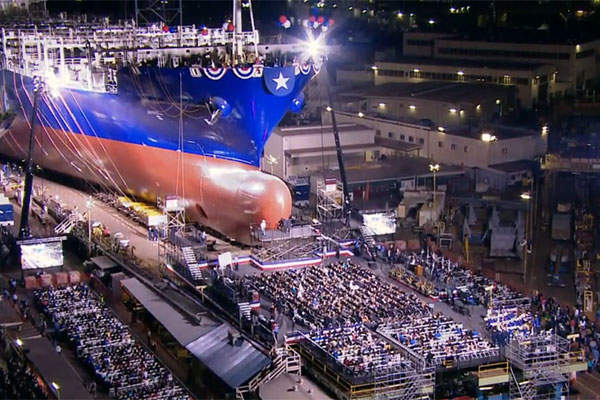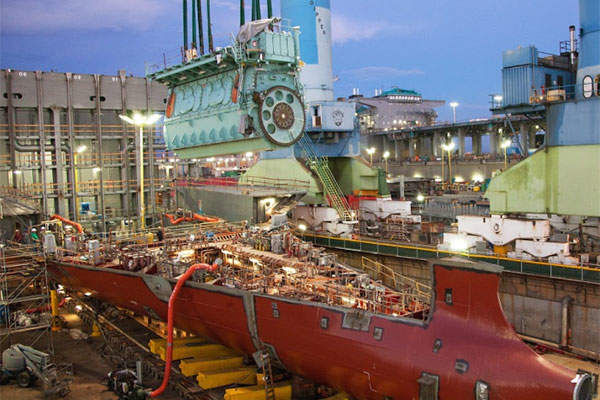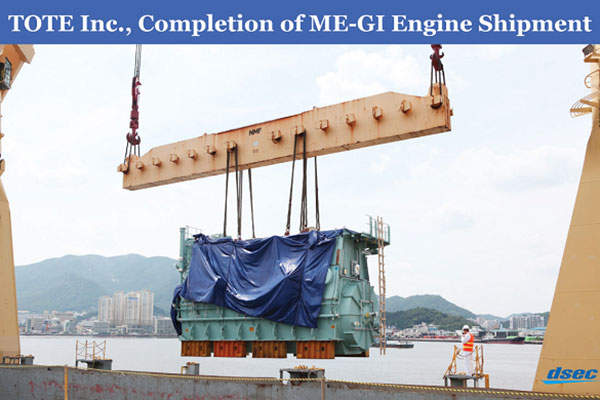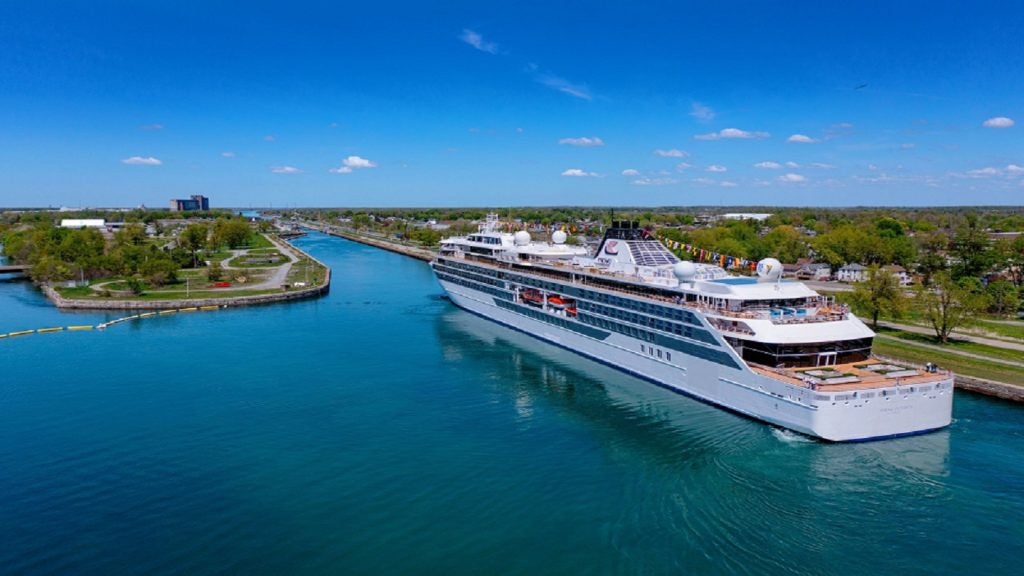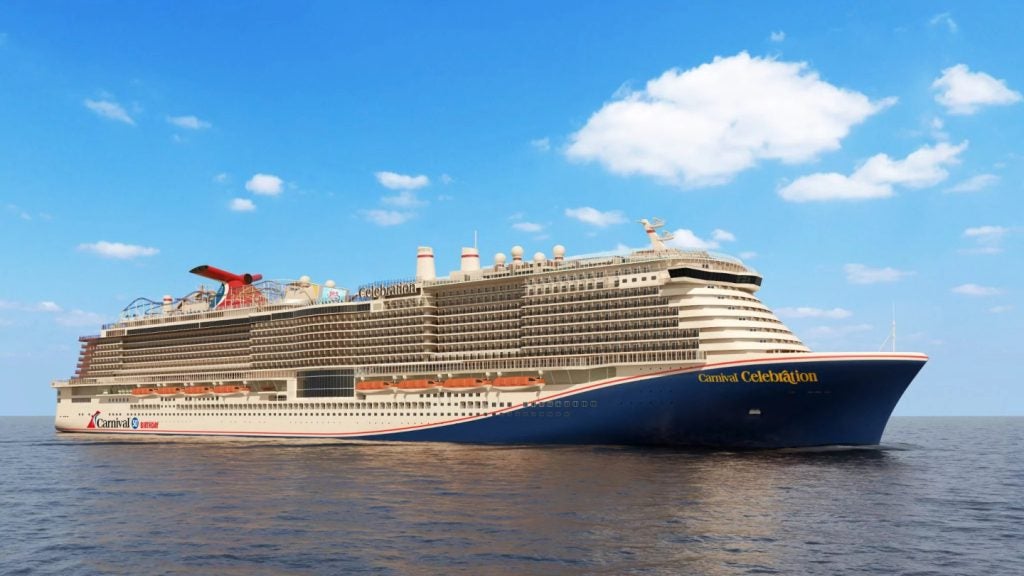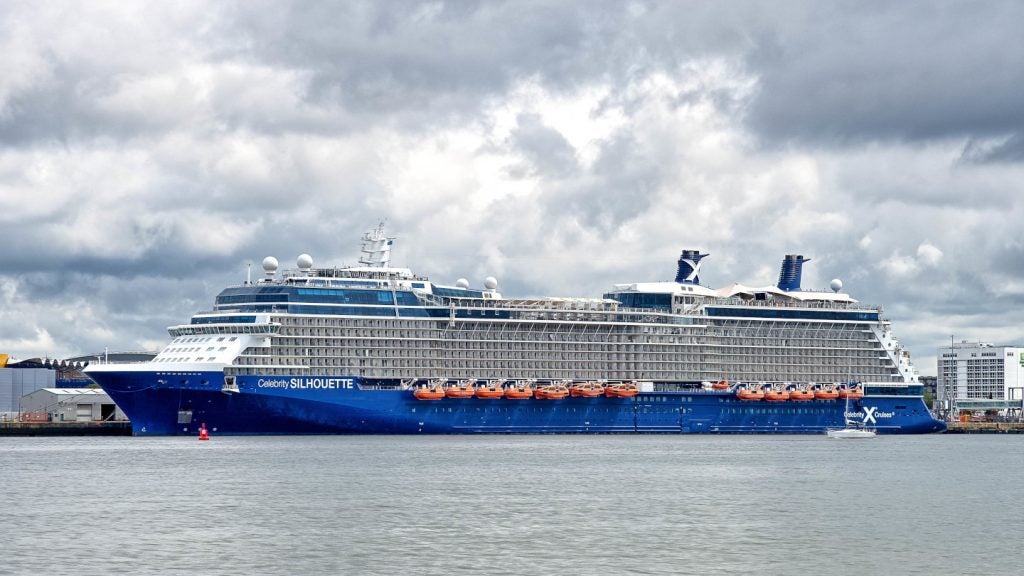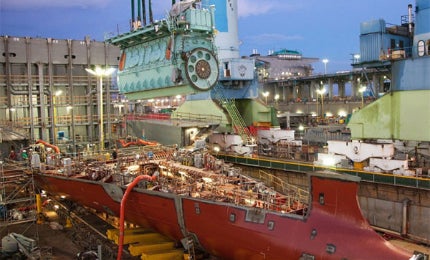
Isla Bella, the world’s first liquefied natural gas (LNG)-powered containership, was launched on 18 April 2015 in San Diego. Owned by Totem Ocean Trailer Express (TOTE), it is the first of two Marlin-class containerships developed in partnership with General Dynamics NASSCO.
The vessel was christened and launched by Sophie Sacco, wife of Michael Sacco, who’s the President of Seafarers International Union, the ship’s sponsor.
The 764ft Marlin-class containership is the biggest dry cargo ship that runs on LNG. It provides for five times more 53-foot containers than current ships in Puerto Rico. Its construction began with the cutting of first steel at NASSCO shipyard in San Diego, California, on 25 February 2014.
The vessel is expected to enter service in the fourth quarter of 2015 and will operate between Jacksonville, Florida and San Juan, Puerto Rico. By using LNG, the vessel is expected to reduce emissions of particulate matter (PM) by 99%, sulphur oxide (SOx) by 98%, carbon dioxide (CO2) by 71%, and nitrogen oxide (NOx) by 91%.
Marlin-class vessels
Isla Bella is a part of the contract awarded to NASSCO, in December 2012, for designing and constructing two 3,100 twenty-foot equivalent unit (TEU), LNG-powered containerships at their shipyard in San Diego, CA.
Construction of the two vessels is estimated to cost more than $350m and create more than 600 shipyard jobs. The second Marlin Class vessel is expected to be floated in the third quarter of 2015 and enter service in the first quarter of 2016.
Design of the world’s first LNG-powered containership
The double-hulled ship has a length of 233m, breadth of 32.2m and design draft of 10.5m. It is expected to have an operating speed of 22kt.
It features a ballast water treatment system making it the world’s greenest ship of its size. It is also capable of burning diesel when needed, thereby reducing the air-polluting emissions.
The ship also consists of high volume of refrigeration equipment to ensure transport of pharmaceuticals, produce, and other products to the residents of Puerto Rico in the best possible condition.
Isla Bella containership engine
The Jones Act-qualified ship is equipped with Daewoo Shipbuilding & Marine Engineering (DSME)’s patented LNG fuel-gas system and the world’s first order of a MAN ME-GI dual-fuel, slow-speed engine.
Doosan Engine constructed the 539t 8L70ME-C8.2GI engine under license from the designer MAN Diesel and Turbo. The two-stroke, dual-fuel engine requires lesser energy to travel the same distance and help preserve the environment, compared to the existing engines in its segment.
The core systems of the engine, such as the dual fuel diesel generator (DFDG) and the fuel gas supply system (FGSS), passed the extensive factory acceptance test (FAT).
Financing for the Marlin-class containerships
The U.S. Maritime Administration (MARAD) provided a $324.6m loan guarantee to TOTE Shipholdings and Saltchuk Resources for constructing the Marlin-class vessels. The loan was granted under Title XI Loan Guarantee programme, initiated to promote the growth and modernisation of US shipyards and the US Merchant Marine.
Key players involved
Daewoo Ship Engineering Company (DSEC), part of Daewoo Shipbuilding and Marine Engineering (DSME), designed the vessel. Doosan manufactured the main and auxiliary engines.
Pivotal LNG, a subsidiary of AGL Resources, and WesPac Midstream were contracted by TOTE in February 2014, to provide LNG to the two new container ships (including Isla Belle).

